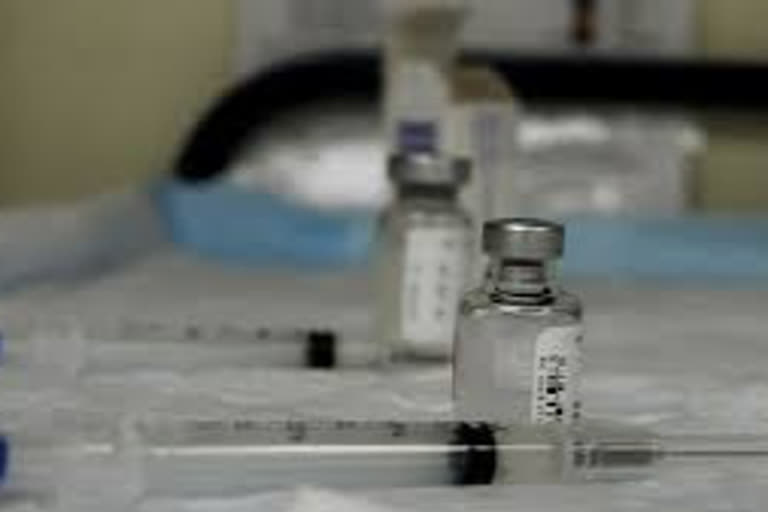Hyderabad: The best way to put an end to a pandemic is to develop a vaccine. Conventional and innovative efforts are underway to develop one. Scientists, universities and pharma companies are working on a war footing basis to save humanity from the SARS-CoV-2. Over 96 innovators are in early-stage vaccine development research. 6 companies have begun clinical trials. Some others are conducting animal tests. What goes into making these lifesaving vaccines? How do they work?
Live virus vaccines use the weakened (attenuated) form of the virus. Measles, mumps and rubella vaccines are examples. At least 7 innovators are developing possible coronavirus vaccines with live viruses. However, they must undergo extensive safety trials. New York-based pharmaceutical company Codegenix has partnered with Pune’s Serum Institute of India for the development of a Live vaccine.
An inactivated virus is the one which is grown in culture and then loses its disease-producing capacity. A vaccine made from such virus is called Inactivated or Killed vaccine. Beijing’s Sinovac Biotech got regulatory approval to commence human trials of an Inactivated coronavirus vaccine.
There is another type of vaccine, called Genetically Engineered vaccine, which uses engineered RNA or DNA that has instructions for making copies of the spike (S) protein. The drawback, however, is, that none of the Genetically Engineered vaccines is licensed for human use.
In addition, as many as 25 groups have reported preclinical evaluation of Vectored Vaccines, a vaccine that uses a chemically weakened virus to transport pieces of the pathogen in order to stimulate an immune response.
Further, 32 research groups are conducting trials on S-protein-based coronavirus vaccines. Among the structural proteins of nCoV, S protein is the main antigenic component responsible for immune responses in the host. Hence, scientists believe that S protein is an important target for vaccine and antiviral development.
Meanwhile, 5 other groups are working on Virus-like particles (VLP) in vaccine development. VLP are multiprotein structures that mimic the organisation and confirmation of authentic native viruses but lack the viral genome, which makes them a cheaper and safer option.
A Toxoid vaccine is made by deactivating some of the pathogen’s toxins using a mixture of formaldehyde and water. These dead toxins are then safely injected into the body. 8 such Toxoid vaccines are awaiting clinical trials.
The SARS-CoV-2 has spike (S) proteins on its membrane. These S proteins invade our airways by latching onto ACE2 receptors present in the mucous membrane. Once the virus attaches itself to the host cells, it injects its genetic material (RNA) into them and starts replicating. The goal of any vaccine is to train the immune system to recognise and combat the pathogen (bacteria, virus, etc.). To do this, certain molecules (called antigens) from the virus must be introduced into the body to trigger an immune response.
Once the immune system recognises these antigens, antibodies attach special proteins to the cell membranes of this virus, so that the T cells can destroy them. The helper T cells activate B cells to secrete antibodies and macrophages to destroy the ingested antigens. They also help activate cytotoxic T cells to kill infected host cells. T and B cells form memory cells that remember the same pathogen (virus, in this context). If the same virus reappears, the immune system will recognise the antigens immediately and attack aggressively well before the virus can spread inside the body.



